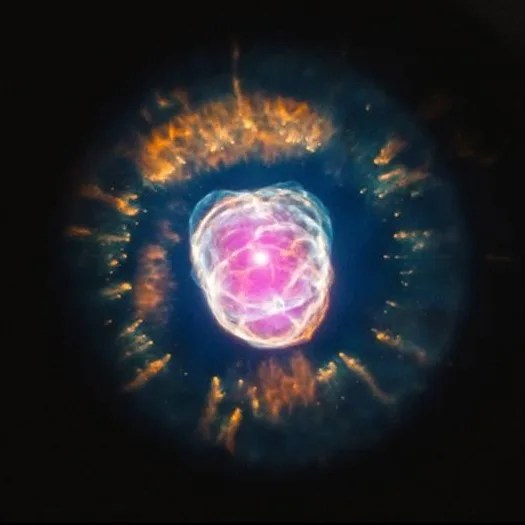Messier 95
Messier 95 is visible as a hazy smudge on a clear, dark night using a good pair of binoculars.
Distance
33 million light-years
Apparent Magnitude
9.7
constellation
Leo
object type
Barred Spiral Galaxy
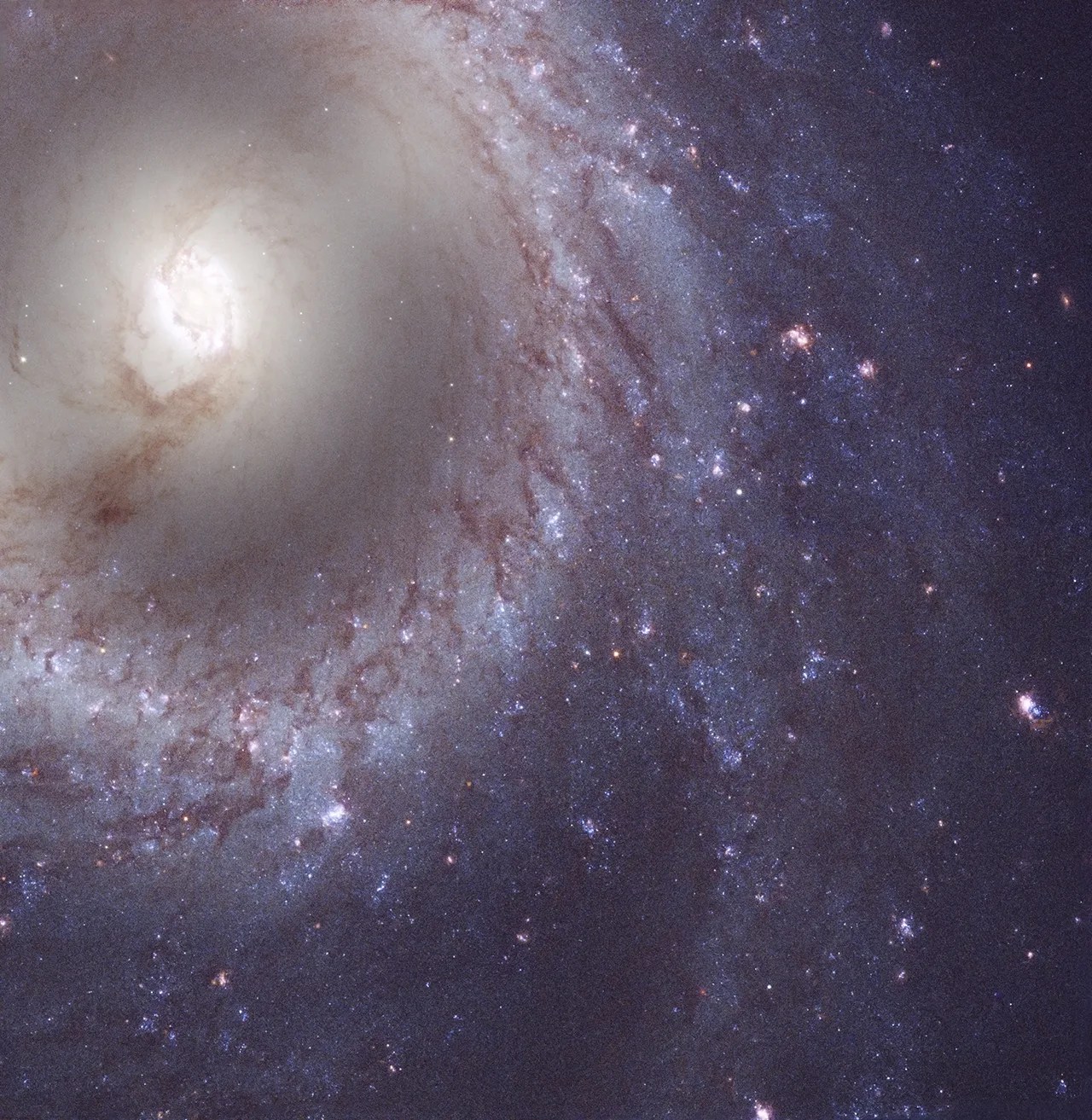
Found in the constellation Leo, M95 is a beautiful barred spiral galaxy. It was discovered in 1781 by Pierre Méchain, a colleague of Charles Messier.
M95 is located approximately 33 million light-years away and has a magnitude of 9.7. It has around 40 billion stars. Its spiral arms host a flurry of star birth activity and sparkle with the light of countless young, blue stars. The arms themselves are very tightly wound around the galaxy’s core and are nearly circular.
M95 is visible as a hazy smudge on a clear, dark night using a good pair of binoculars, but large telescopes will reveal more detail. It appears close to M96, M105 and a number of fainter galaxies that all belong to the Leo I (or M96) group. The best time of the year to view M95 is in April.
For more information about Hubble's observations of M95, see:
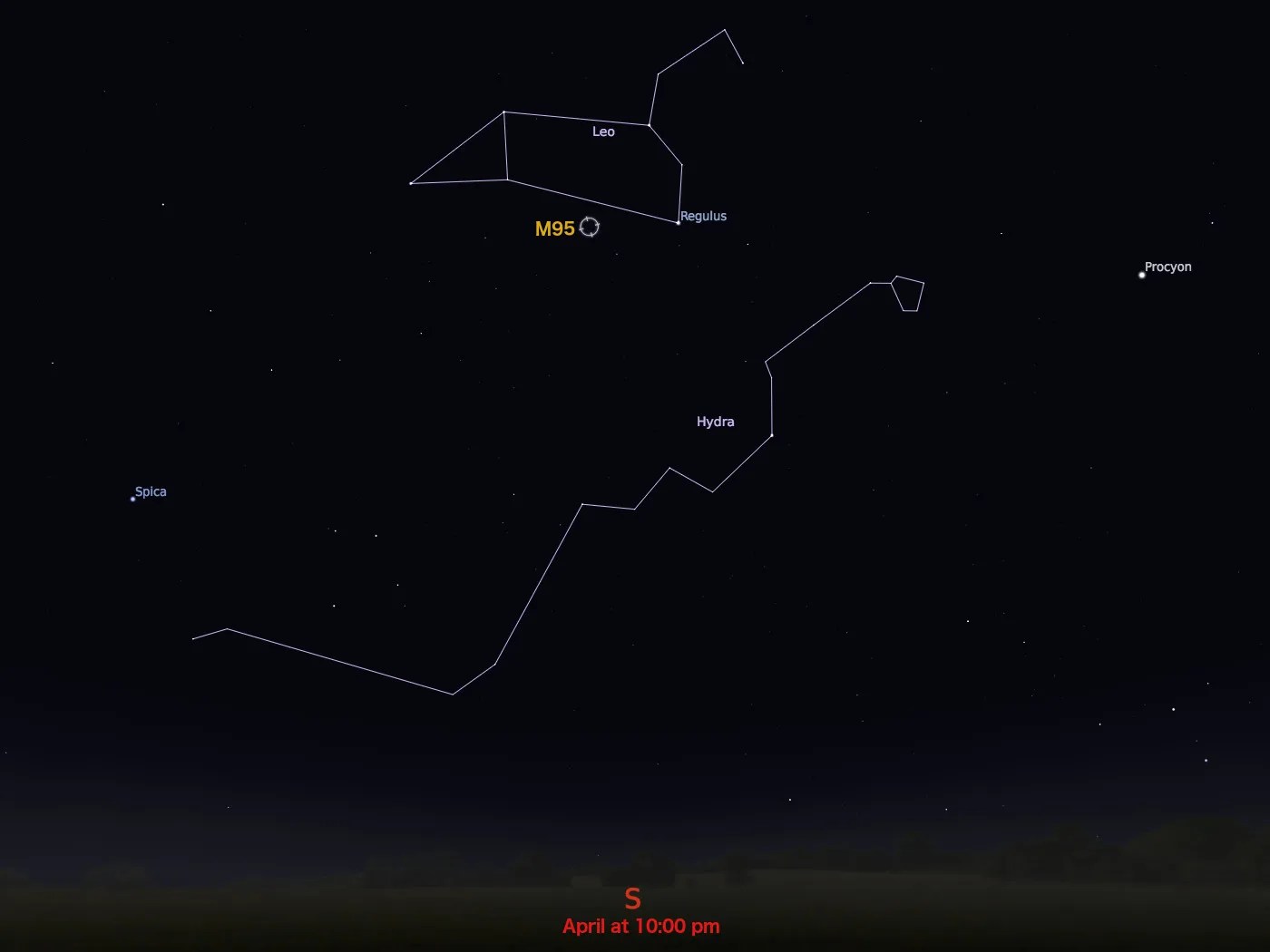

Explore Hubble's Messier Catalog
The following pages contain some of Hubble’s best images of Messier objects.

Messier 1 (The Crab Nebula)
Better known as the Crab Nebula, Charles Messier originally mistook Messier 1 for Halley’s Comet, which inspired him to create…
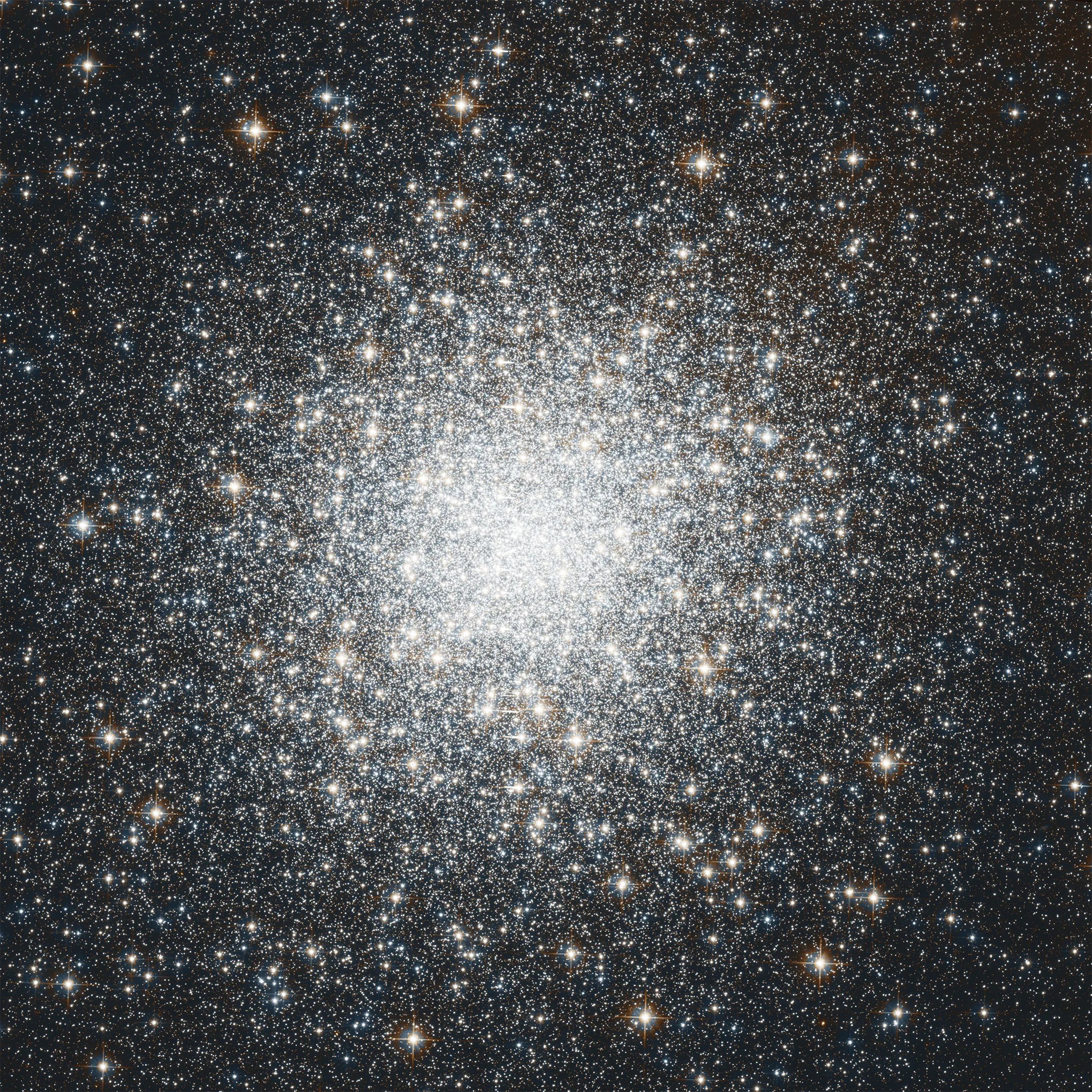
Messier 2
Hubble's image of Messier 2 is comprised of visible and infrared wavelengths of light.
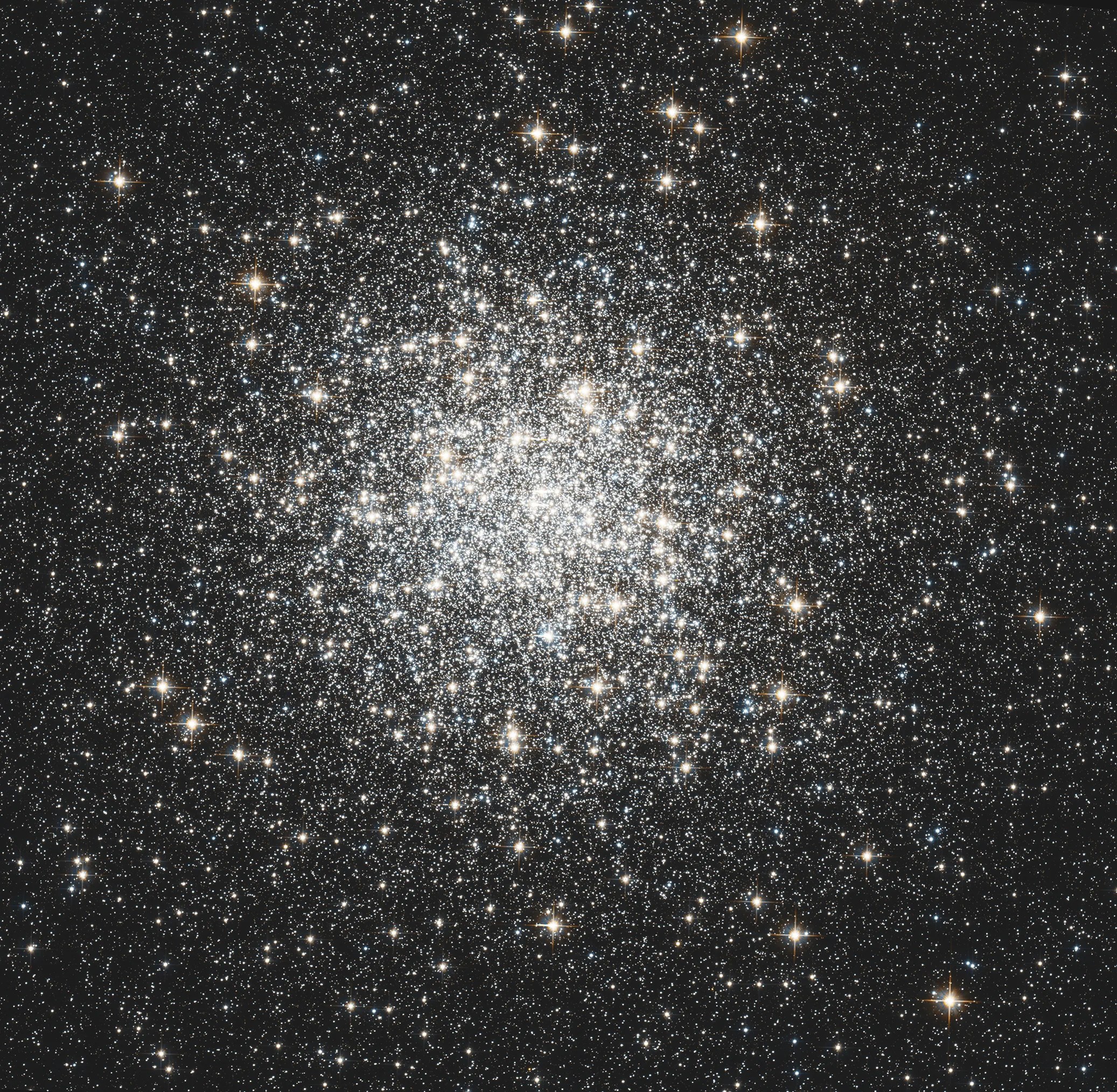
Messier 3
Messier 3 holds more than 500,000 stars.




